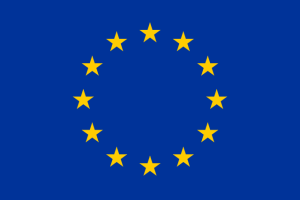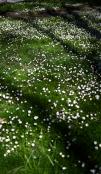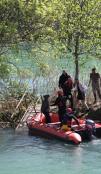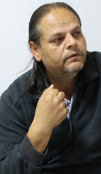College of Europe students explore Albania and discover EU-funded projects
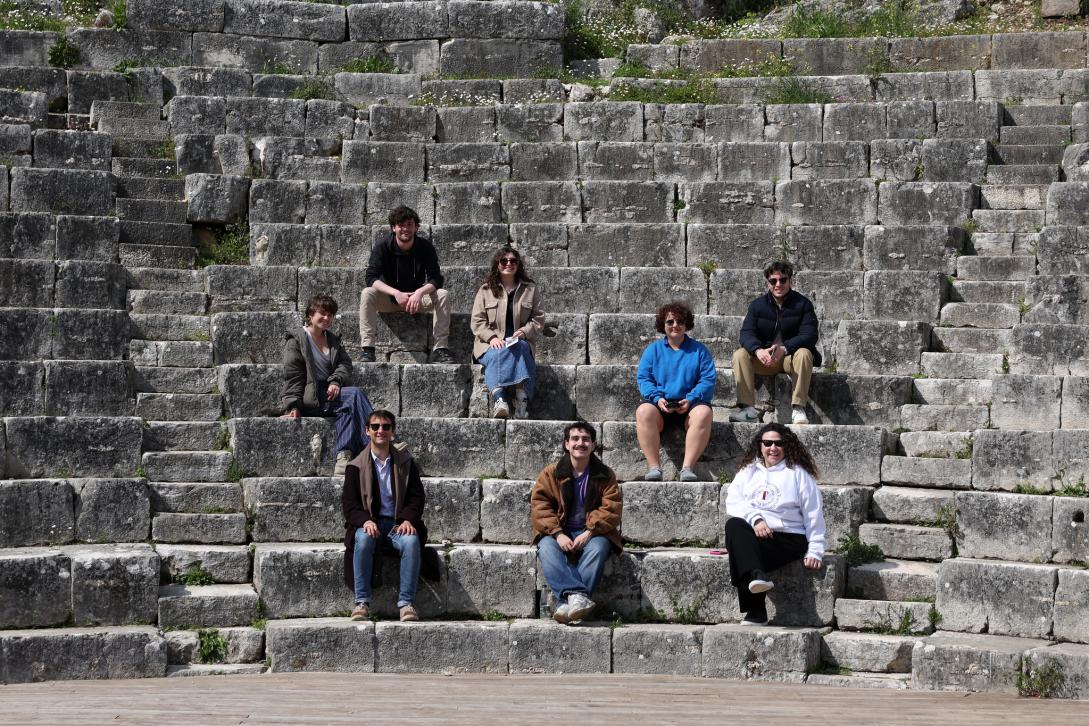
Standing by the lake of Shkodra, where the horizon disappears into the water, a young student from Sweden, currently studying at the College of Europe in Albania, highlights two moments from a visit through the country.
“The first was seeing how the European Union is present far beyond the capital, funding projects across the entire country. The second was engaging with young people from Rrëshen and Lezha — telling them more about the College and sharing tips and tricks for how to apply in the future,” says Arzu Karimzade.
She was one of around 20 students who visited both the north and south of Albania in a study trip organized by the European Union, stopping in Rrëshen, Lezha, Razëm, Shkodër, Gjirokastër, Saranda, and Ksamil. The aim was to involve students from the College of Europe in discussions about communication, challenges, and educational opportunities for young people while offering them a valuable opportunity to explore cultural sites and learn about EU-funded projects and interventions in the regions — from churches, castles, and museums to roads, environmental initiatives, tourism projects, and more.

EU in Albania
“My favourite part of this study trip was the visit to the burial place of Scanderbeg in Lezha, where we were able to interact with Albanian students from the Hana Centre. It was wonderful because I felt their enthusiasm in sharing their culture and national heroes. I learned from them how Scanderbeg united people by bringing together all these princes to discuss how to protect Albania from the Ottoman invasion. And it was perhaps the first attempt to establish diplomatic relations with Europe, as his actions ensured the Ottomans did not pass through Albania and into the rest of the continent,” says Ella-Marie Beirnaert, a Belgian student at the College of Europe in Tirana.
The visits were part of the EU’s Education Campaign, focused on providing information about opportunities for students and young Albanians, while showcasing successful examples of EU-funded projects through study and cultural tours.
Paul Anderson, a student from Scotland, notes not only the impact of the European Union in terms of projects for youth but also in nurturing their ambitions, hopes, and dreams. The same impression was shared by Anita Balliu, born in Albania but raised in Belgium.
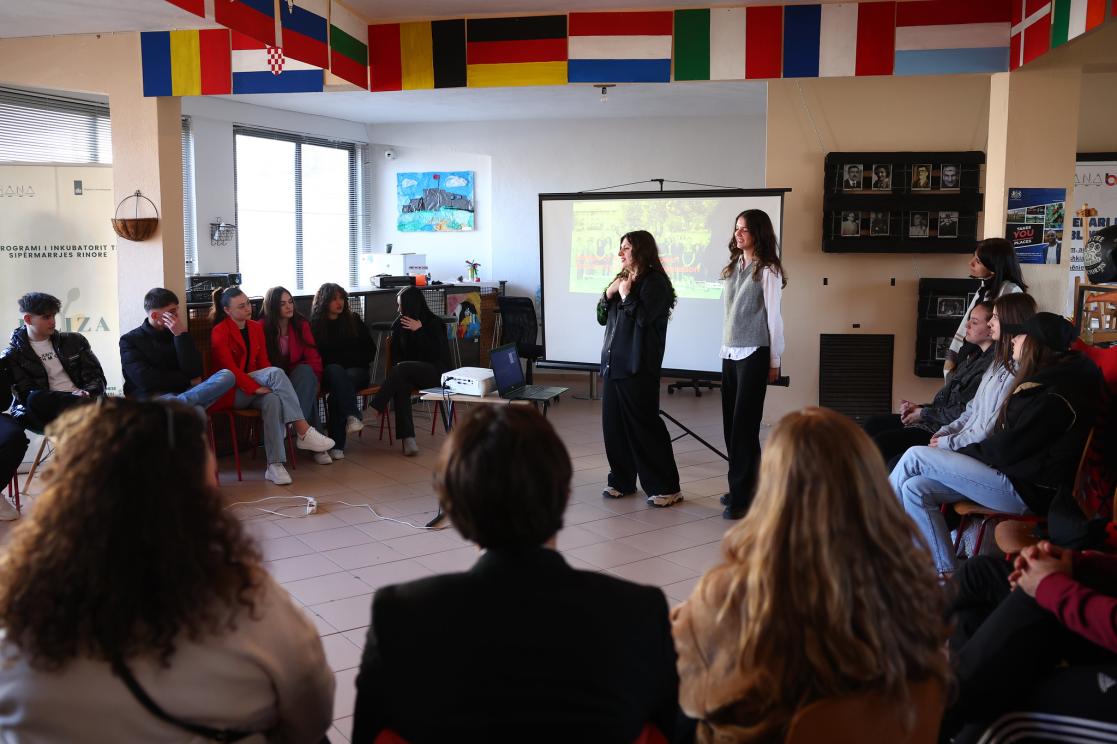
EU in Albania
“Talking to high school students in Rrëshen about their ambitions and aspirations in life, what I found most impressive was how far ahead they were thinking, how much they had already planned for their futures, and the activities they are engaged in now — even activism. It was especially striking considering their age, around 16–17 years old,” she mentions.
While Paul Anderson appreciated the walk along the sunny promenade in Shirokë, Düriye Toto from Cyprus highlighted Albanian cuisine — byrek, fërgesë, and shëndetlie — in a trip that included many flavours and sights of the country, with cultural monuments reflecting Albania’s rich and diverse history.
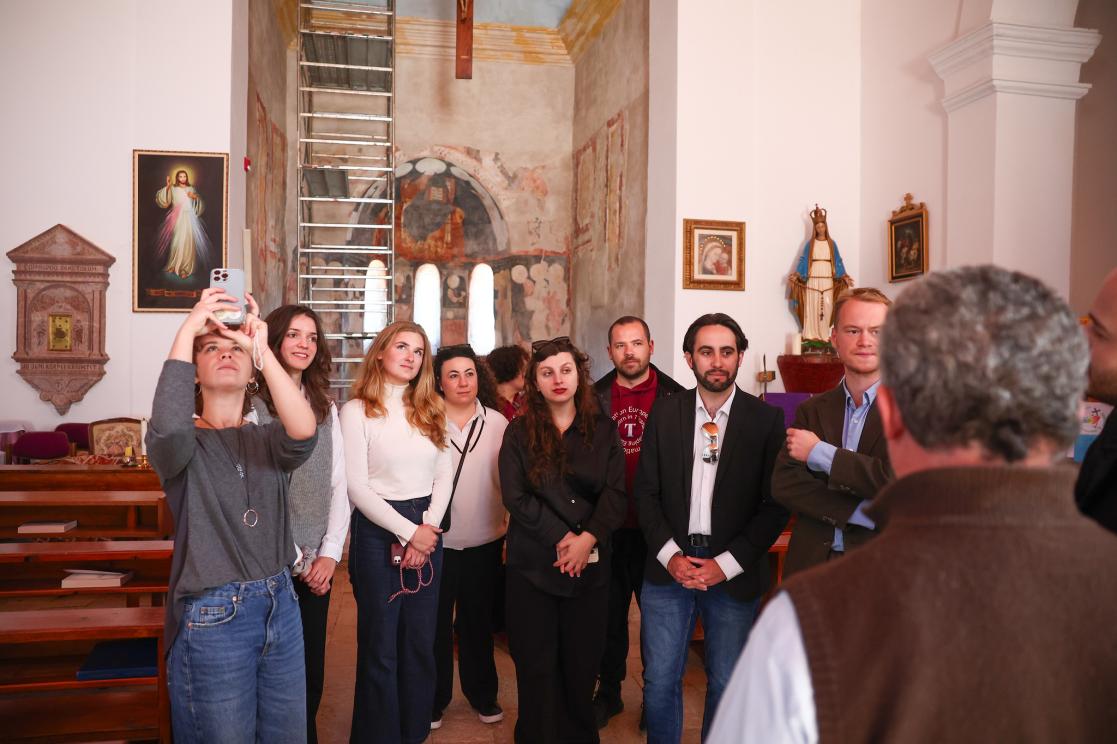
EU in Albania
“I felt especially connected to the Church of Rubik. It was fascinating to see the multicultural aspect of Albania through this centuries-old Catholic church, now restored with EU funds and accessible to both locals and visitors,” says Aleks Vangjelovski, born in Pogradec, raised in Italy, and now back in Albania as a student at the College of Europe.
Walking past the Bazaar Mosque in Gjirokastër, Gabriel Fernandez Alonso, a student from Spain, shared his insights from the southern part of the trip.
“I enjoyed meeting young people in Gjirokastër — both local youth and a group of Spanish students currently on Erasmus there. It made me reflect on the importance of educational mobility and how it can help revitalise rural areas. I left Gjirokastër genuinely inspired by the idea of spending a few months in a place like that — slowing down, being closer to nature, and engaging with the local community,” he says.
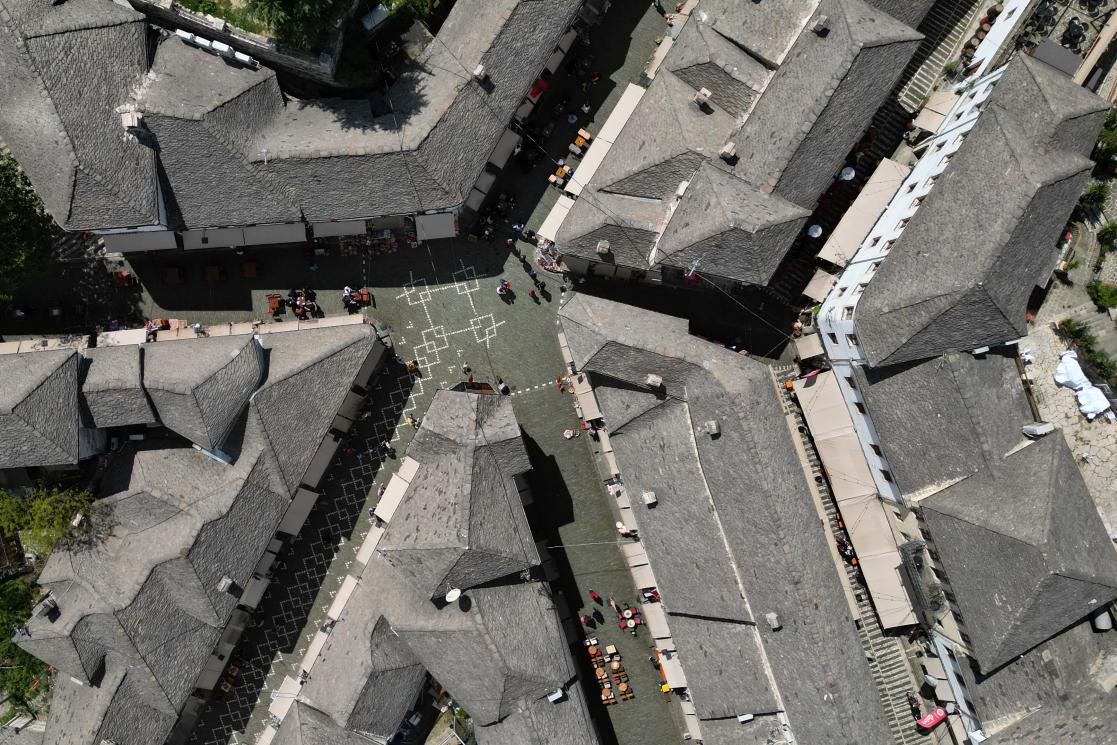
EU in Albania
Further, south, where water and history meet, visitors were greeted with breathtaking views and ancient stories. “The Ksamil/Butrint section of the trip was definitely my favourite. Getting to see the remnants of Roman architecture scattered throughout the park, with the sea so close by, was unforgettable. I had never been to southern Albania before, and now I know I’ll definitely be back! Albania is a country of incredible diversity — and incredible food — and what I experienced in the south reaffirmed that,” says Adam Kelly, a student from Ireland.
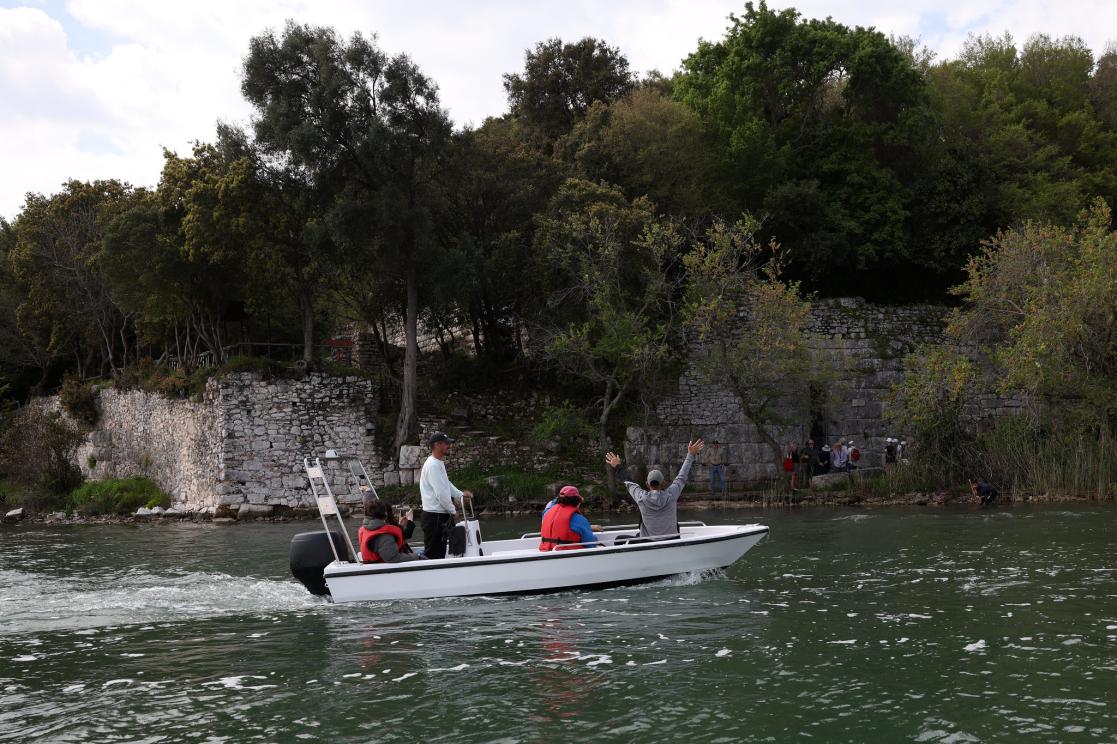
EU in Albania
Francisco Javier Buades Piqueres from Spain also shared his amazement at Saranda. “The mussel’s tour on Lake Butrint was, without a doubt, my favourite moment. Supported by the EU4Innovation Challenge Fund, it was incredible to see how sustainable tourism initiatives are creating new opportunities for the region while preserving its natural beauty. A truly unforgettable part of the journey,” he adds.
These visits, which introduced students to Albania’s nature and culture and the EU’s contribution to preserving and revitalising them, began with the vision of one student.
“Since I started my studies at the College of Europe, I wished to find a way for my peers from across Europe to experience Albania beyond just Tirana and to connect with youth from smaller towns where information about our college might not be as accessible. Thanks to the support of the EU Delegation to Albania, we made that happen — experiencing two amazing study trips across the country, from north to south,” says Desantila Muriqi, a student from Kosovo.

EU in Albania
“We explored Albania’s landscapes and culture, learned about the EU’s work here, and most importantly, built meaningful connections with local youth. The best part? Exchanging ideas, offering advice, sharing tips — and promising to stay in touch as their informal mentors,” she says while enjoying the view of Butrint rising on the hill by the lake, where history and daily life blend.
